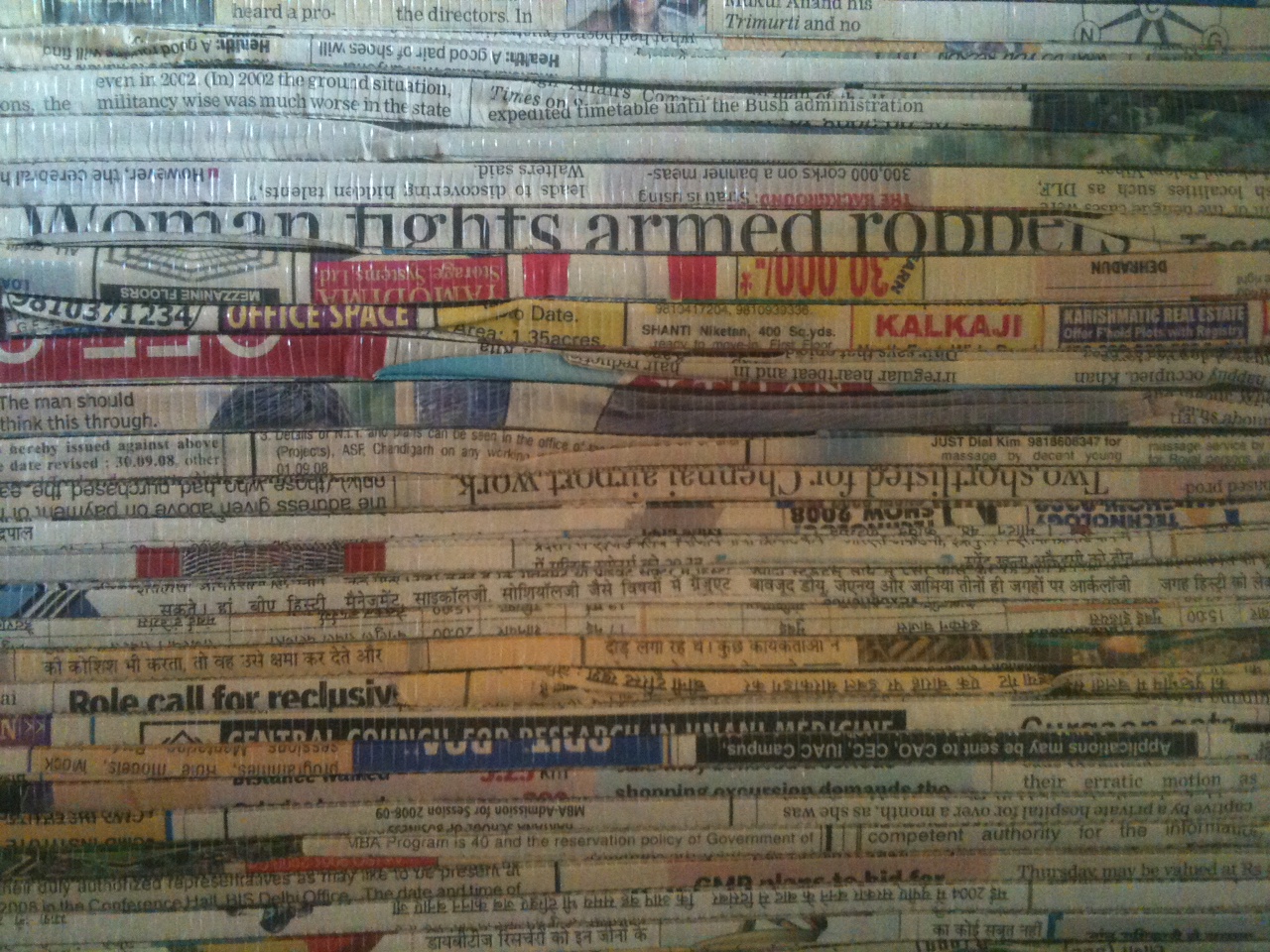 While social media has become exceedingly accessible and appears to be simple as everyone is posting, tweeting and pinning, it’s important for firms to have clear goals and a mapped route for getting to these before embarking your firm’s social media experiment. Like any marketing or communications initiative, you won’t understand what social media can do for your business unless you have a plan.
While social media has become exceedingly accessible and appears to be simple as everyone is posting, tweeting and pinning, it’s important for firms to have clear goals and a mapped route for getting to these before embarking your firm’s social media experiment. Like any marketing or communications initiative, you won’t understand what social media can do for your business unless you have a plan.
I recently attended a social media webinar hosted by Jason Falls, coauthor of No Bullshit Social Media: The All-Business No-Hype Guide to Social Media Marketing and founder of Social Media Explorer. The crux of his presentation was that businesses need a strategic planning process that incorporates social media marketing business drivers for success. With a plan you can build, define goals, measure, execute and engage in tactics. Having a plan is a fundamental imperative for you to get what you want out of social media.
Granted, Falls is focused almost exclusively on B-to-C, so here are the nuggets of value that can be applied to the landscape, architecture, engineering and development world of professional services.
What can social media do for your firm? Once you understand what social media can do for your firm, you can assess what is achievable and how to fit this into your business goals.
Falls cites seven drivers of social media:
- Enhance branding and awareness
- Protect your reputation
- Expand public relations
- Build community
- Enhance customer service
- Facilitate research and development
- Drive sales and leads
You should decide which of these drivers are most important for your firm. If you focus on more than one, which is more than likely, you’ll have to assess your resources and budget.
Now that you know what social media can do for your firm, you can develop a strategic plan. But just how do you approach the strategic planning process in social media?
Falls defines a strategic planning process as the following:
“A strategic planning process delivers a set of defined initiatives (projects) that achieve a desired set of business goals.” – Dennis McDonald, technology expert
According to Falls, there are four things needed for a solid strategic plan:
- Clearly defined goals
- Measurable objectives for each goal
- Strategies to meet objectives
- Tactics/tasks to accomplish strategies.
When defining goals, each goal should have a singular focus instead of multiple ones. It’s very likely you will have more than one goal. Goals should support your strategic plan. Examples of goals include increase website traffic, increase online sales, decrease negative online sentiment, capture consumer insight and improve search results.
For most AEC firms, a strong content strategy will show prospective clients, competitors and the public what their firm does. Your firm may want to develop a content strategy that features work, the process of a project, a firm’s personality or project awards. Does your firm offer specialized areas of expertise? A solid content strategy may be a good opportunity to showcase these subject areas. Your content strategy could also show related work … Are there assets that you use internally that may be useful to your public audience such as a photo library, product data or original or aggregated research? Again, these may be valuable to showcase as part of a strategy, but it supports the drivers of social media such as building a community or enhancing public relations.
According to Falls, another key element in making the strategy successful is to ensure that objectives support the following:
- Point to one of three things, which is especially critical in the public relations world
- Have a result or outputs which in most cases is content or product
- Have outtakes such as information or entertainment
- Have outcomes such as a change in metrics
- Indicate a target audience
- List an expected level of attainment
- Identify a deadline or timeframe
One of the AEC industry’s biggest misconceptions about social media is that these networks are just another newsroom to post information and news. Social media goes beyond that – it’s not all about your firm’s accomplishments and announcements. One of the most important drivers of social media is building community. This means interaction. It’s about getting to know your followers and fans and engaging with them so you can create content that connects with them and learn what they are doing as well. If you promote their feats and successes, they in turn will talk about your firm’s accomplishments in their circles, expanding your audience and stakeholders.





